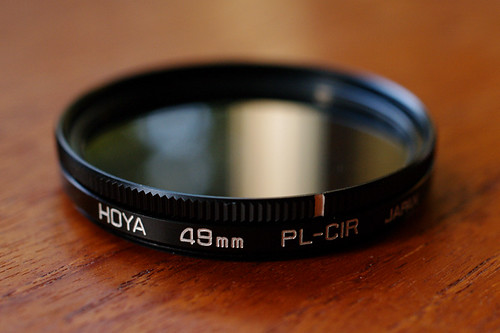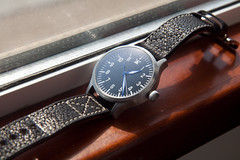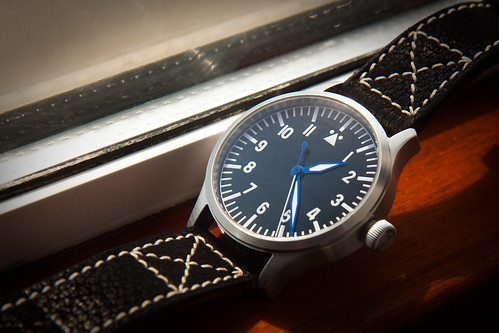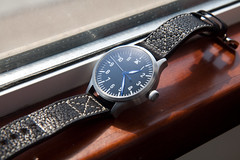One of the biggest challenge in taking pictures of our precious watches is making sure that there are no distracting reflections on the crystal that would "cover", obstruct or provide an unwanted haze on the dial.
Of course, proper positioning of the watch relative to the light source and availability of AR coating on the crystal always help but there is another tool that can be effective in reducing, if not removing, unwanted reflections on the crystal.
 |
| from http://justinsomnia.org |
This tool is the circular polarizer. I'm guessing most of you guys already know how this little filter works, especially those that have been into photography for awhile now. But for the uninitiated, a circular polarizer is a type of photographic filter that filters out light polarized perpendicularly to the axis of the filter. This has three applications in photography: it reduces reflections from some surfaces, it can darken the sky and it saturates the image more by eliminating unwanted reflections. If you want to know how it does that, literature is abundant around the net.
The circular polarizer is very simple to use:
- Attach it to your lens
- Rotate it until you see the reflections are reduced/removed (which means it is 90deg rotated to polarized light).
- Take the shot!
Here is an unprocessed image of a landscape scene and my Steinhart Nav. B-Uhr II without a polarizer.
Here are the same scenes taken with a polarizer, not rotated 90deg to polarized light.


Here are the same scenes taken with a polarizer, rotated 90deg to polarized light.


Even from the unprocessed image, you can definitely notice the difference in the images that used a polarizer vs those that did not. In the watch photos, you can see that the reflection on the dial is reduced. The reflection on the strap is removed, thus making the color and texture of the strap more visible. The saturation of the photo is also improved. You can clearly see this in the wooden surface where the watch is on. The brown just looks richer.
Some will say that the effect of using a polarizer can easily be reproduced by post processing but this means editing and interpolating pixels. I'm not against post processing as I do it all the time too, but I find its always better to have a good base image where you don't need a lot of post processing to get the final result that you want.
Here is the final result after cropping, tweaking white balance, saturation and contrast.

The circular polarizer is a one time investment that's easy to use and in my view, is useful for so many different photography applications. I would strongly recomemmend any photography newbies and enthusiasts to invest in one.
I hope this helps! Enjoy!


No comments:
Post a Comment